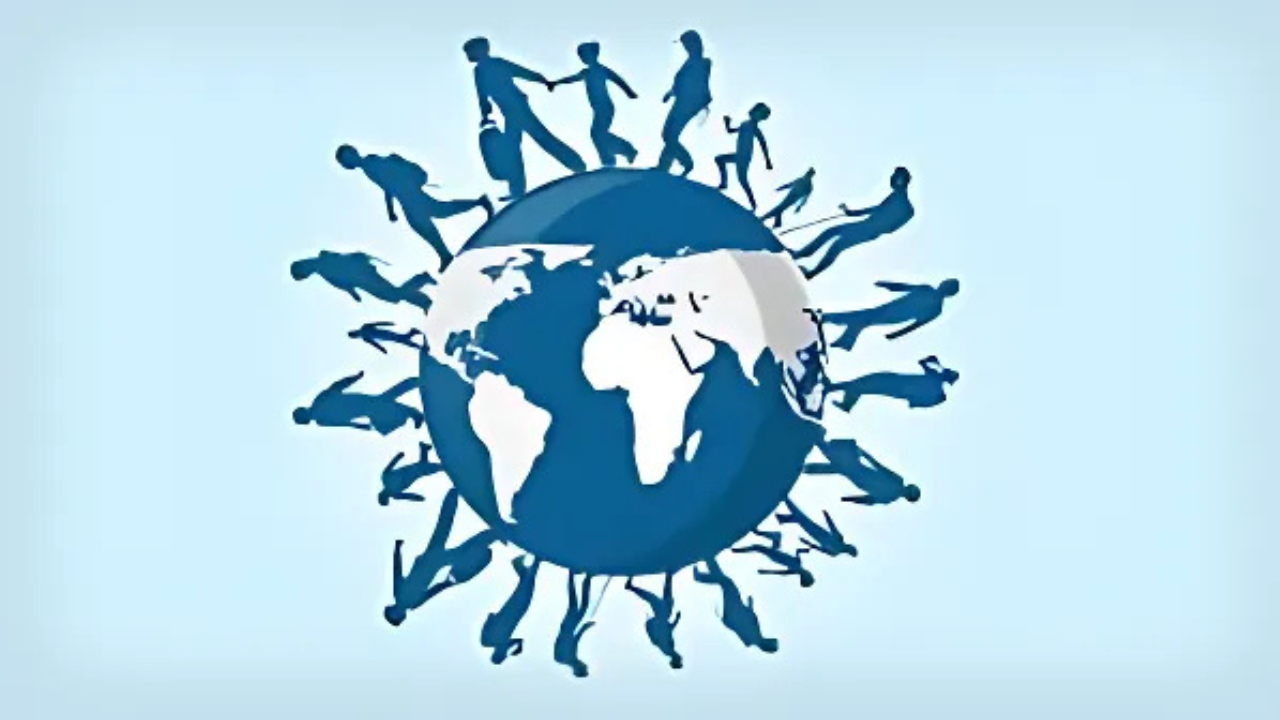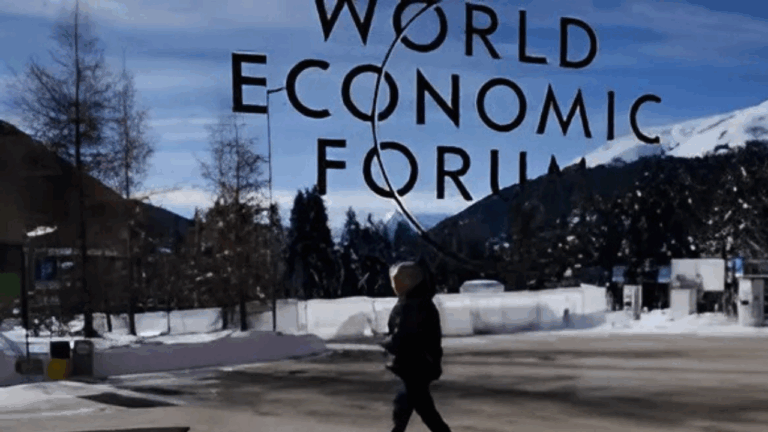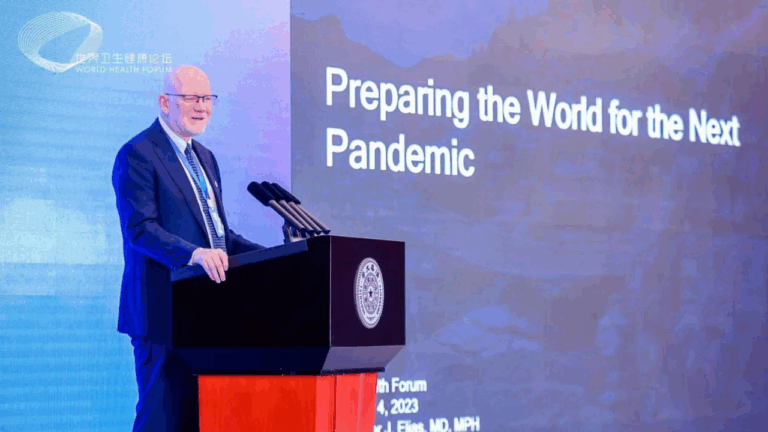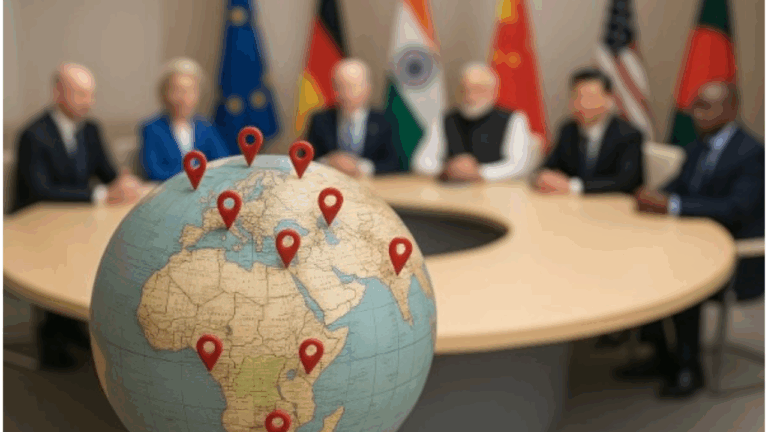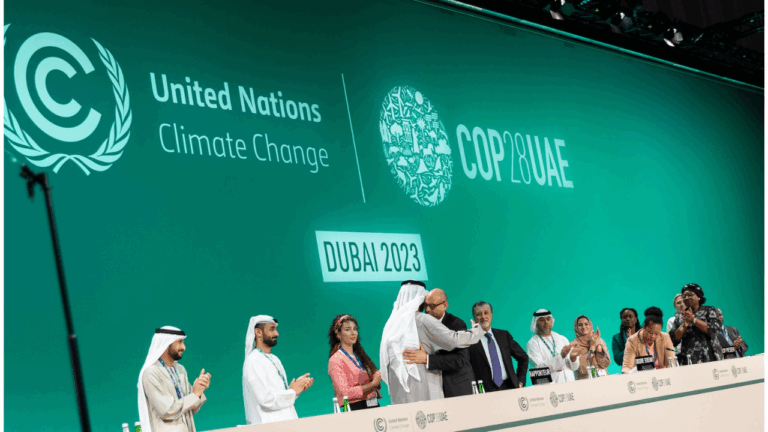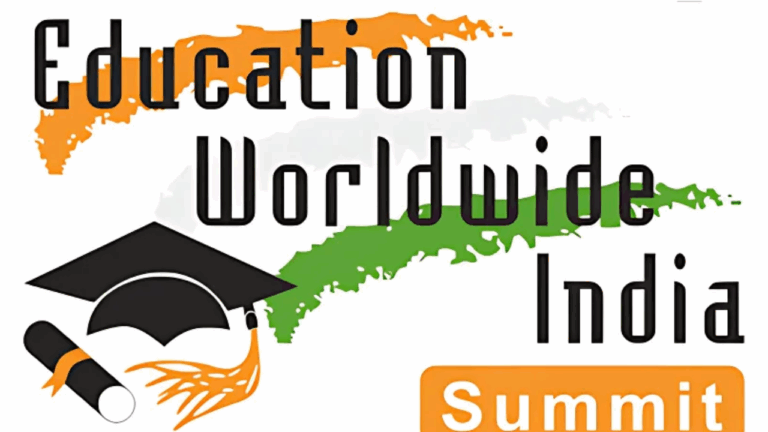Global Migration Conference 2025: A United Call to Manage Mass Displacement
Why the World Came Together in 2025 to Talk About Migration
From war zones to climate-hit villages, the world today is witnessing mass displacement like never before. Whether it’s people fleeing floods in Bangladesh, drought in Africa, or conflict in the Middle East, millions are on the move, looking for safety and stability.
To address this global crisis, the Global Migration Conference 2025 was held in London this June. Leaders, experts, NGOs, and international organisations came together with one goal — to find better ways to manage migration and protect displaced people.
When and Where Did It Happen?
- Location: London, United Kingdom
- Dates: June 11 to June 17, 2025
- Organised by: The Migration Conference Network with support from UNHCR and IOM
- Participants: Over 90 countries, including India
Climate Change: A Major Reason People Are Moving
One of the key topics discussed was climate-driven migration. Rising sea levels, heatwaves, and lack of water are making many regions unlivable. As a result, families are leaving their homes not because they want to — but because they have no choice.
Experts at the conference shared that over 143 million people could be displaced by 2050 due to climate reasons if urgent action is not taken. The focus was on providing support, building safer cities, and creating jobs in safer areas to avoid large-scale refugee situations.
India’s Role: A Voice for Balance and Fairness
India was a key voice at the event. With its own challenges of internal migration and being home to one of the world’s largest diasporas, India offered practical insights.
Indian delegates spoke about:
- Digital ID systems like Aadhaar for tracking internal migration
- Health and housing support for migrant workers
- Using Common Service Centres (CSCs) to help migrants access services easily
India also emphasized the need for rich countries to share responsibility — especially in handling climate and conflict-related migration.
Human Trafficking and Border Safety
As people migrate, not all of them take legal routes. Unfortunately, this opens the door for human trafficking gangs, who exploit desperate migrants. UK Prime Minister Rishi Sunak led a special session where over 40 countries agreed to treat people-smuggling gangs like terrorists.
There was a global agreement to:
- Track smuggling networks
- Share real-time data
- Use technology to prevent illegal trafficking
- Provide safer legal paths for genuine refugees and asylum seekers
Data and Technology: Planning with the Right Numbers
Accurate data is essential to build good policies. At a side event in Sweden, experts from the OECD and UN shared tools to better count and track migrants — especially women and children.
This data will help governments prepare schools, hospitals, and shelters ahead of any big migration movement.
Urban Planning for Migrants
Cities often get flooded with migrant populations, putting pressure on housing and jobs. Discussions focused on:
- Making migrant-friendly city zones
- Offering vocational training
- Partnering with private companies for job creation
Special attention was given to host countries like Turkey, Bangladesh, and Lebanon that are already stretched thin.
Final Words
The Global Migration Conference 2025 was not just a high-level meeting — it was a wake-up call. Mass migration is no longer a “developing world” issue. It affects all of us. The event pushed leaders to think long-term and act with urgency.
Whether it’s climate change, war, or economic collapse — people have the right to safety, dignity, and opportunity. Managing this responsibly is the duty of the global community.
For more updates on major global developments that matter to India and the world, visit Social Impact Insight — your trusted source for international news with a human touch.

